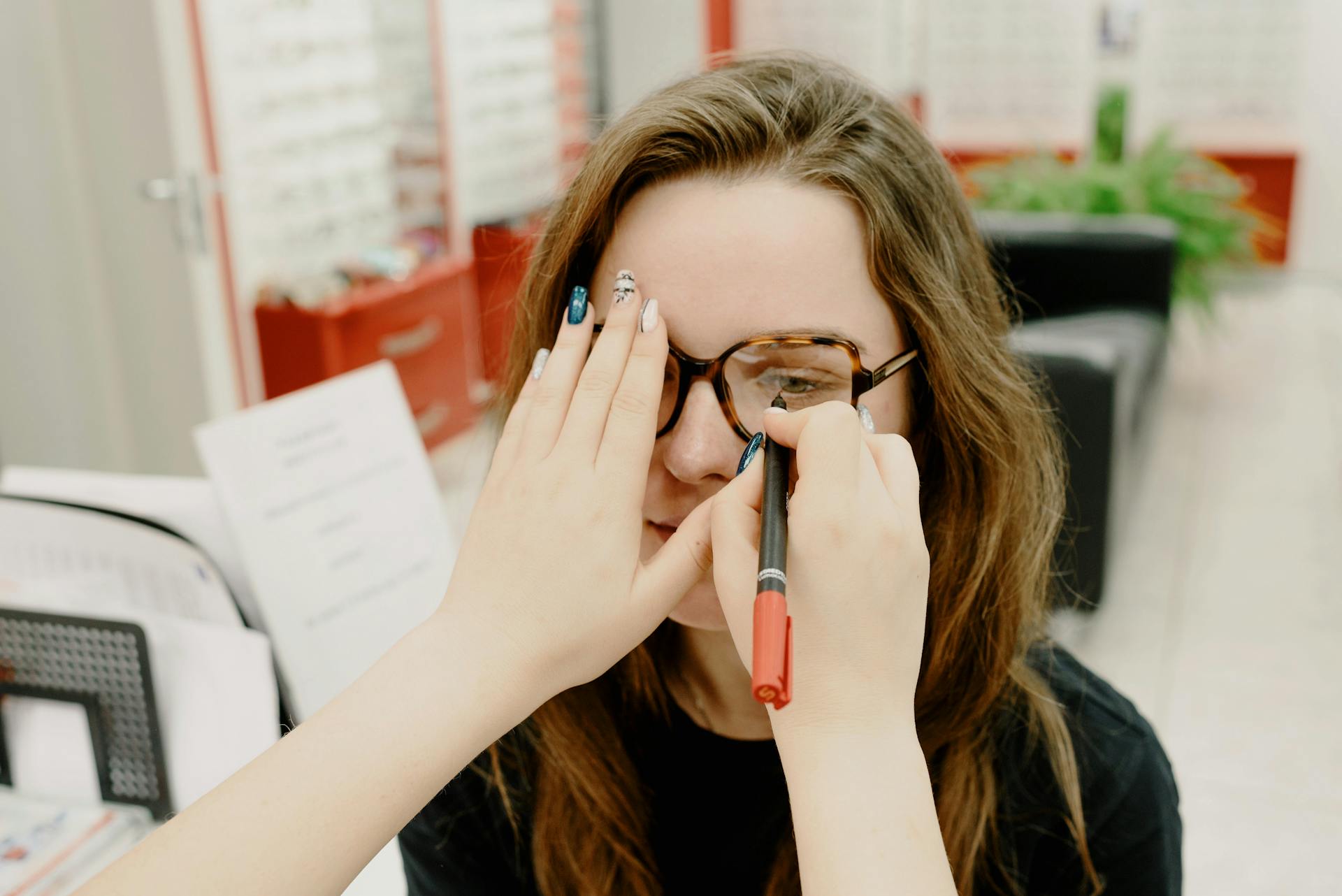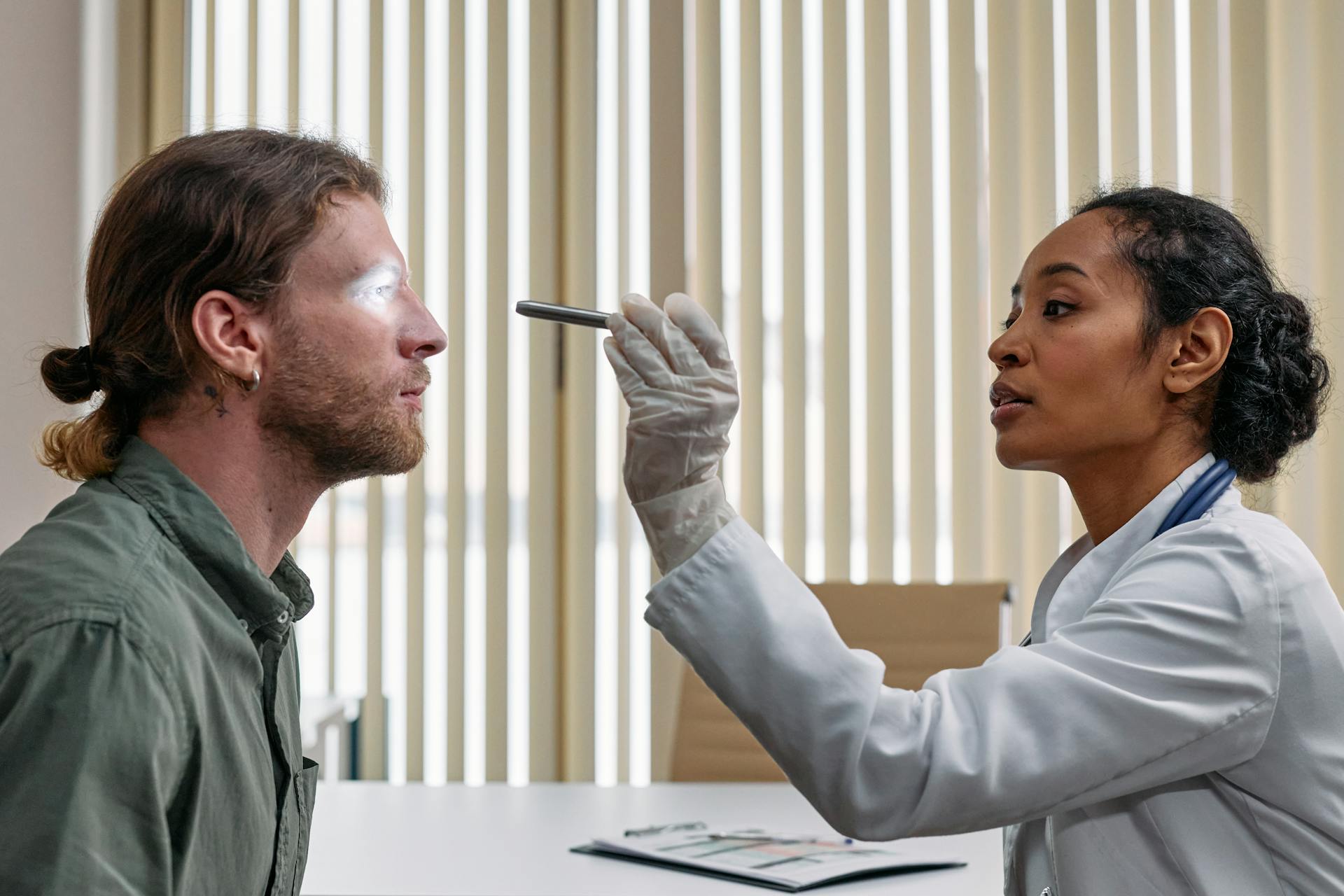If you’ve been diagnosed with sleep apnea, getting a CPAP machine can help you finally get a good night’s rest. CPAP, which stands for continuous positive airway pressure, is the most common and effective treatment for moderate and severe sleep apnea. This therapy uses a mask and gentle air pressure to keep your airway open while you sleep, preventing pauses in breathing that disrupt sleep.
Starting CPAP treatment can feel daunting, especially if you’re used to tossing and turning all night. However, with some preparation and patience, you’ll be on your way to waking up refreshed and energised. Follow this guide to jumpstart your CPAP therapy plan so you can start enjoying restful nights.
Getting Your CPAP Equipment
The first step is getting set up with the right CPAP equipment. You’ll need a CPAP machine, mask, headgear, tubing, filters, and a humidifier. Work with your doctor and CPAP equipment supplier to find the best options for your needs and comfort.
Many insurance plans cover a portion or all of CPAP equipment costs. However, copays and deductibles for purchasing CPAP machines can be expensive, even with insurance.
If cost is a concern, ask your supplier about CPAP machine payment plan options to make purchasing equipment more affordable. Financing plans allow you to pay for your machine over several months rather than all at once. Some medical equipment companies also offer used or refurbished machines at lower prices.
Finding the Right Mask
One of the most significant adjustments is getting used to sleeping with a CPAP mask. CPAP masks come in many styles – full face, nasal, and nasal pillows. Work closely with your equipment provider to select the correct interface. Be sure to get a proper mask fitting and have them demonstrate putting it on and adjusting the straps.
If needed, give yourself time to experiment with different masks to find the one that works best for you. For example, some side sleepers prefer a pillow mask over a full face mask. Feel free to ask for a different style if your mask is uncomfortable or leaks excessively. Finding the right fit makes a huge difference in using CPAP regularly.
Starting CPAP Therapy Gradually
It takes most patients 1-2 months to adjust to using CPAP every night. Starting slowly makes the transition easier. Here are some tips for easing into CPAP therapy:
Use CPAP During Daytime Naps
Try wearing your mask and headgear during daytime naps first. This lets you get used to the sensation of pressurised air before attempting overnight use. You can also turn the machine on without the mask to listen to its sound and familiarise yourself with the equipment.
Begin With Short CPAP Sessions at Night
When you’re ready to start using CPAP therapy at night, aim first for a few hours of use. Put your mask on 1-2 hours before you go to bed to watch TV or read. This approach helps you overcome anxiety about not being able to fall asleep with the mask on.
Slowly Increase Usage Each Night
Add an extra hour of CPAP use each night, building up to 6-8 hours. This gradual acclimation makes it less intimidating than immediately using CPAP for a whole night. Be patient with yourself as you adjust to the sensations of pressurised air.
Keep the Machine Nearby After Removing the Mask
If you must take your mask off in the middle of the night, keep the CPAP machine nearby on a bedside table. This makes it easier to wear the mask if you wake up and have trouble falling back asleep without it.
Reinforcing CPAP Adherence
It’s normal to feel tempted to skip CPAP therapy some nights once you adjust to using it. Follow these tips to make sure you don’t backslide:
- Since starting treatment, you notice improvements in your energy, mood, and ability to focus. Remind yourself regularly of these benefits.
- Ask your bed partner to help remind you to use CPAP every night. Accountability from loved ones can boost consistency.
- Use CPAP memory features to track your usage. Seeing your progress provides positive reinforcement.
- Keep your mask, headgear, and machine clean. Properly cared for equipment is more comfortable for nightly use.
- Follow up regularly with your doctor so they can adjust settings and provide encouragement.
Be patient with yourself through the adjustment period of starting CPAP therapy. Consistency is critical to making CPAP an easy, automatic part of your bedtime routine so you can finally get the restorative sleep you need.




